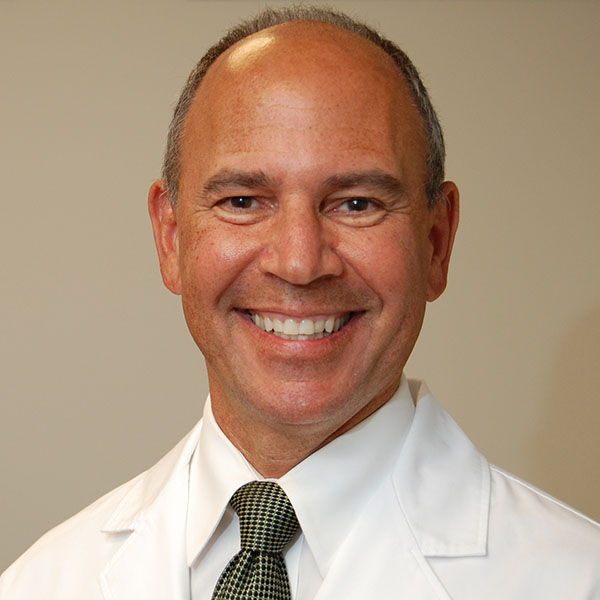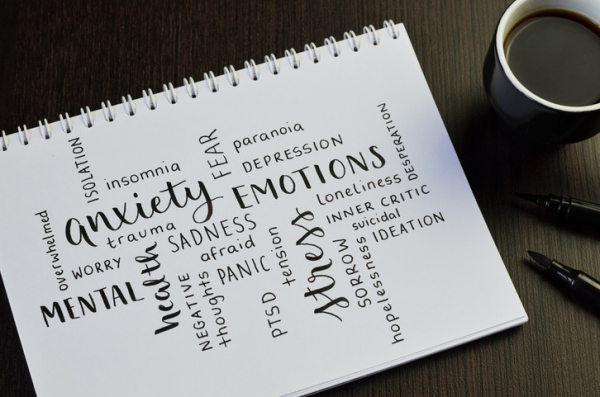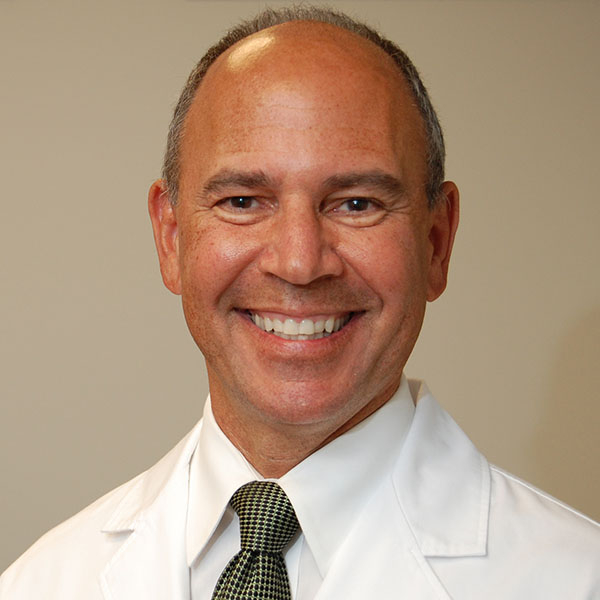
Dupuytren’s contracture of the hand

One of the more unusual conditions affecting the hands and fingers is Dupuytren’s contracture (also called Dupuytren’s disease). Here, one or more fingers become curled, which can make it difficult to pick up or hold objects or perform everyday activities.
Legend says the condition originated with the Vikings of Northern Europe, although this is debated. It was later named after the 19th-century French surgeon Guillaume Dupuytren, who did the first successful operation on the condition. Fast-forward to the 21st century, and Dupuytren’s contracture now affects about one in 20 Americans.
What is Dupuytren’s contracture?
Fascia is a sheet of fibrous tissue beneath the skin of the fingers and the palm. Dupuytren’s contracture is a thickening and shortening of this tissue.
This thickened area begins as a hard lump called a nodule. Over years to decades, it may progress to a thick band called a cord that causes one or more fingers to curl toward the palm and become stuck in a bent position. This can make it difficult to grasp objects, button clothes, use a computer, or perform other daily tasks.
The condition does not always get progressively worse. It may be stable for years or even improve in some people.
Which fingers are most likely to be affected?
The ring and pinky fingers are most often affected. But the condition can strike all fingers and the thumb.
“In about half of cases, the condition can affect both hands,” says Dr. Phillip Blazar, an orthopedic surgeon and Division Chief of Hand and Upper Extremity at Harvard-affiliated Brigham and Women’s Hospital. Fortunately, it rarely causes pain.
What causes Dupuytren’s contracture?
Currently, the cause is unclear. Still, several factors can increase a person’s risk, such as
- Genetics: This condition is more common in people with Northern European, British Isles, or Scandinavian ancestry.
- Gender: Men are affected more often than women.
- Age: The condition often occurs after age 50.
- Family history of the disease.
People with diabetes and seizure disorders are also more likely to have Dupuytren’s. The condition may appear and/or worsen after trauma to the hand.
How is Dupuytren’s contracture treated?
Although there is no cure, treatments and occupational or physical therapy can help address symptoms and improve finger mobility. “Many people who have mild cases of Dupuytren’s find it has little impact on their ability to use their hands,” says Dr. Blazar.
However, moderate or severe cases can interfere with hand function. It’s possible to restore normal finger motion with nonsurgical treatments, such as:
- Collagenase injection. This procedure is done in the doctor’s office. An enzyme called collagenase is injected into the cords of your hand, which breaks down and dissolves the thickened tissue. At a follow-up visit, your doctor will give you local anesthesia and then snap the cords by manipulating and straightening your fingers in the direction in which they are unable to move.
- Needle aponeurotomy. This in-office procedure involves passing a hypodermic needle back and forth through the restrictive cords to weaken and break them.
“Your hand surgeon will discuss both treatment options to determine which is best for your situation,” says Dr. Blazar. “There are also some variations in the anatomy of the disease which may make one treatment or the other less favorable for a particular person or finger.” Both of these treatments don’t remove the cords, and the condition can return and require additional treatment.
What about surgical treatment?
If nonsurgical treatment does not relieve symptoms or you have a severe condition, surgery may be recommended. Surgical approaches include:
- Fasciotomy. An incision is made in your palm to divide the thickened tissue in the cord.
- Subtotal palmar fasciectomy. A zigzag incision is made along the creases in the hand to remove the abnormal tissue and cord. Occasionally, a skin graft may be needed to help the wound heal.
You wear a splint on the repaired hand during recovery. People should expect some pain, stiffness, and swelling afterward. The length of recovery varies for each individual, and also with how many fingers were operated on and which ones.
“Most people largely recover by three months, but some may not feel fully recovered for quite a bit longer,” says Dr. Blazar. Hand therapists can also help with strength and flexibility exercises to speed recovery.
Most people’s fingers move better after surgery. However, as with nonsurgical treatments, the contracture can come back, so some people may need additional surgery later on.
About the Author

Matthew Solan, Executive Editor, Harvard Men's Health Watch
Matthew Solan is the executive editor of Harvard Men’s Health Watch. He previously served as executive editor for UCLA Health’s Healthy Years and as a contributor to Duke Medicine’s Health News and Weill Cornell Medical College’s … See Full Bio View all posts by Matthew Solan
About the Reviewer

Howard E. LeWine, MD, Chief Medical Editor, Harvard Health Publishing
Dr. Howard LeWine is a practicing internist at Brigham and Women’s Hospital in Boston, Chief Medical Editor at Harvard Health Publishing, and editor in chief of Harvard Men’s Health Watch. See Full Bio View all posts by Howard E. LeWine, MD

PTSD: How is treatment changing?

Over the course of a lifetime, as many as seven in 10 adults in the United States will directly experience or witness harrowing events. These include gun violence, car accidents, and other personal trauma; natural or human-made disasters, such as Hurricane Katrina and the 9/11 terrorist attacks; and military combat. And some — though not all — will experience post-traumatic stress disorder, or PTSD.
New guidelines released in 2024 can help guide effective treatment.
What is PTSD?
PTSD is a potentially debilitating mental health condition. It’s marked by recurrent, frightening episodes during which a person relives a traumatic event.
After a disturbing event, it’s normal to have upsetting memories, feel on edge, and have trouble sleeping. For most people, these symptoms fade over time. But when certain symptoms persist for more than a month, a person may be experiencing PTSD.
These symptoms include
- recurring nightmares or intrusive thoughts about the event
- feeling emotionally numb and disconnected
- withdrawing from people and certain situations
- being jumpy and on guard.
The National Center for PTSD offers a brief self-screening test online, which can help you decide whether to seek more information and help.
Who is more likely to experience PTSD?
Not everyone who experiences violence, disasters, and other upsetting events goes on to develop PTSD. However, military personnel exposed to combat in a war zone are especially vulnerable. About 11% to 20% of veterans who served in Iraq or Afghanistan have PTSD, according to the National Center for PTSD.
What about people who were not in the military? Within the general population, estimates suggest PTSD occurs in 4% of men and 8% of women — a difference at least partly related to the fact that women are more likely to experience sexual assault.
What are the new guidelines for PTSD treatment?
Experts from the U.S. Department of Veterans Affairs and Department of Defense collaborated on new guidelines for treating PTSD. They detailed the evidence both for and against specific therapies for PTSD.
Their findings apply to civilian and military personnel alike, says Dr. Sofia Matta, a psychiatrist at Harvard-affiliated Massachusetts General Hospital and senior director of medical services at Home Base, a nonprofit organization that provides care for veterans, service members, and their families.
The circle of care is widely drawn for good reason. “It’s important to recognize that PTSD doesn’t just affect the person who is suffering but also their families and sometimes, their entire community,” Dr. Matta says. The rise in mass shootings in public places and the aftermath of these events are a grim reminder of this reality, she adds.
Which treatment approaches are most effective for PTSD?
The new guidelines looked at psychotherapy, medications, nondrug therapies. Psychotherapy, sometimes paired with certain medicines, emerged as the most effective approach.
The experts also recommended not taking certain drugs due to lack of evidence or possible harm.
Which psychotherapies are recommended for PTSD?
The recommended treatment for PTSD, psychotherapy, is more effective than medication. It also has fewer adverse side effects and people prefer it, according to the guidelines.
Which type of psychotherapy can help? Importantly, the most effective therapies for people with PTSD differ from those for people with other mental health issues, says Dr. Matta.
Both cognitive processing therapy and prolonged exposure therapy were effective. These two therapies teach people how to evaluate and reframe the upsetting thoughts stemming from the traumatic experience. The guidelines also recommend mindfulness-based stress reduction, an eight-week program that includes meditation, body scanning, and simple yoga stretches.
Which medications are recommended for PTSD?
Some people with severe symptoms need medication to feel well enough to participate in therapy. “People with PTSD often don’t sleep well due to insomnia and nightmares, and the resulting fatigue makes it hard to pay attention and concentrate,” says Dr. Matta.
Three medicines commonly prescribed for depression and anxiety — paroxetine (Paxil), sertraline (Zoloft), and venlafaxine (Effexor) — are recommended. Prazosin (Minipress) may help people with nightmares, but the evidence is weak.
Which medications are not recommended for PTSD?
The guidelines strongly recommended not taking benzodiazepines (anti-anxiety drugs often taken for sleep). Benzodiazepines such as alprazolam (Xanax) and clonazepam (Klonopin) offer no proven benefits for people with PTSD. They have several potential harms, including negative cognitive changes and decreased effectiveness of PTSD psychotherapies.
What about cannabis, psychedelics, and brain stimulation therapies?
Right now, evidence doesn’t support the idea that cannabis helps ease PTSD symptoms. And there are possible serious side effects from the drug, such as cannabis hyperemesis syndrome (severe vomiting related to long-term cannabis use).
There isn’t enough evidence to recommend for or against psychedelic-assisted therapies such as psilocybin (magic mushrooms) and MDMA (ecstasy). “Because these potential therapies are illegal under federal law, the barriers for conducting research on them are very high,” says Dr. Matta. However, recent legislative reforms may make such studies more feasible.
Likewise, the evidence is mixed for a wide range of other nondrug therapies, such as brain stimulation therapies like repetitive transcranial magnetic stimulation or transcranial direct current stimulation.
About the Author

Julie Corliss, Executive Editor, Harvard Heart Letter
Julie Corliss is the executive editor of the Harvard Heart Letter. Before working at Harvard, she was a medical writer and editor at HealthNews, a consumer newsletter affiliated with The New England Journal of Medicine. She … See Full Bio View all posts by Julie Corliss
About the Reviewer

Howard E. LeWine, MD, Chief Medical Editor, Harvard Health Publishing
Dr. Howard LeWine is a practicing internist at Brigham and Women’s Hospital in Boston, Chief Medical Editor at Harvard Health Publishing, and editor in chief of Harvard Men’s Health Watch. See Full Bio View all posts by Howard E. LeWine, MD